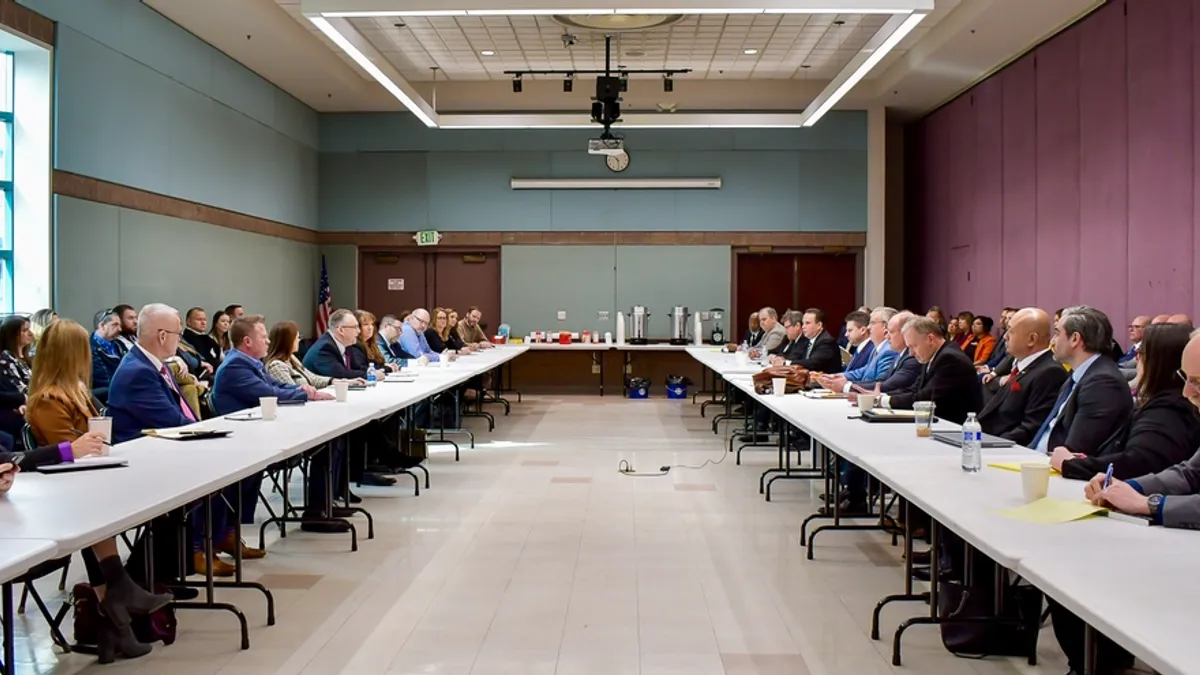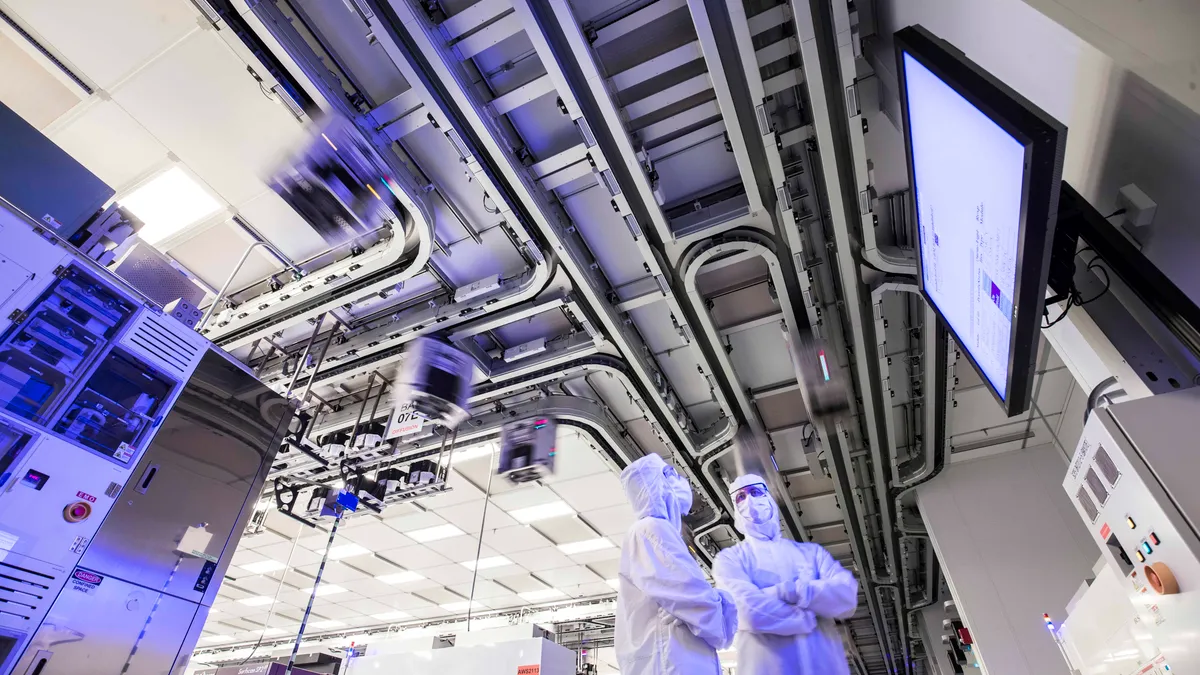Dive Brief:
- The Occupational Safety and Health Administration will step up enforcement action to reduce workplace hazards in Ohio and Illinois after finding high injury rates among food production workers in the states, according to a press release.
- The agency is reaching out to more than 1,400 manufacturing facilities in Ohio and Illinois, after which it will schedule inspections of select employers where injury rates outpace state averages.
- OSHA found in 2019 that Ohio food production workers had a 57% higher rate of amputations and a 16% higher rate of fractures compared to the rest of the private manufacturing sector. Meanwhile, workers in Illinois experienced nearly a 29% higher rate of amputations and a 14% higher rate of fractures.
Dive Insight:
OSHA said it investigated multiple fatalities along with dozens of amputations and fractures between 2016 and 2020, finding that in many cases the accidents could have been avoided. For example, investigators often found employers allowed workers to operate machines without adequate guarding or failed to control hazardous energy.
Ohio and Illinois aren’t the only states in the region where OSHA had to step in. In April, the agency established a Local Emphasis Program in Wisconsin, where food production workers have a 24% higher injury rate compared to other facilities in the state.
"Employers have a legal responsibility to provide a safe and healthful workplace whether workers are employed for a day, a season or year-round," said OSHA Regional Administrator Bill Donovan in the press release. "This responsibility includes providing workers with training and orientation in the language they understand and making sure proper safety precautions and procedures are followed to prevent serious or fatal injuries."
Jamie Karl, The Ohio Manufacturing Association's communications director, said within the organization's 1,500 members, food manufacturers tend to have fewer reportable injuries compared to OMA's membership overall. He also added that OMA has not seen a problem with its food manufacturer members.
"The (OMA) community always takes OSHA's special emphasis programs very seriously, and manufacturers responded accordingly to the directives of the agency," Karl said.
Mark Denzler, president and CEO of the Illinois Manufacturers' Association, said in an email the organization also regularly holds safety training and educational programs for Illinois manufacturers to know and follow laws and regulations, such as the new Local Emphasis Program.
"We see their strong commitment to safety," Denzler said. "Generally speaking, often public reports of incidents have occurred at non-IMA member facilities, but I cannot speak to how these companies handle safety."
Last month, OSHA revealed its regional Top 10 most frequently cited workplace safety violations for fiscal year 2022. Lack of fall protection was the number one violation in region five, which contains Wisconsin, Illinois and Ohio.












